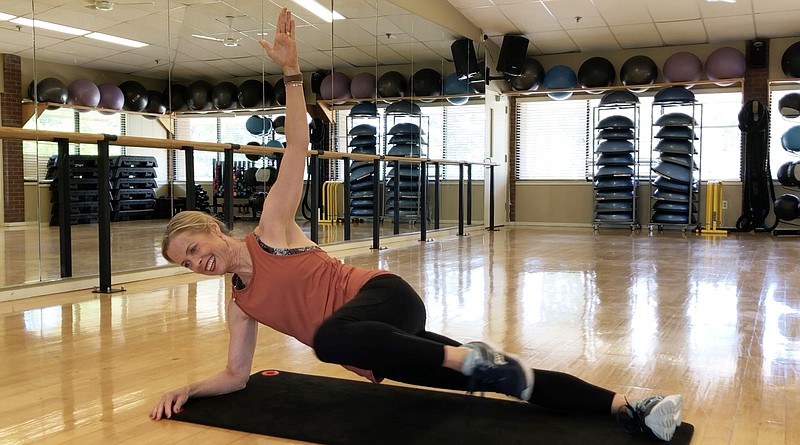As we age, core strength becomes increasingly important for activities of daily living. The core muscles support posture, which is the foundation of spinal health and wellness.
Posture tells a story. Those who can maintain an upright torso with their shoulders back and chin up tend to be the same people who live an active lifestyle. Although there are exceptions, a hunched over torso with shoulders rolled forward and a chin that juts out over the chest can indicate a lack of physical activity.
I am generalizing here to make a point that might not apply to each individual situation. Accidents and injuries can affect posture in a way that is independent of lifestyle or activity level. I have worked with clients who have experienced those types of musculoskeletal disruptions. I have helped many through their phase 3 rehabilitation programs as they struggled to learn to walk upright after an accident or injury.
But by and large, posture is a good indicator of musculoskeletal health — and in particular core health. The muscles around the rib cage and abdomen weaken, which leads to decreased stability around the spine. When this occurs, the sheer weight of the torso pulls downward, and the posture begins to suffer.
But here is the good news: Postural decline is largely preventable by maintaining strength in the core muscles. So, let us talk about how to achieve that.
Core muscles are support structures, first and foremost. I like to think of them as cables that support a tall, thin tower. As the core muscles gain strength and endurance, the cables become thicker and tighter. As they lose strength and endurance, the cables become thin, loose and frayed.
Strengthening the core is best achieved with endurance-based activities under one's own body weight. Plank exercises are some of my favorites, because there is no additional equipment required.
This week's exercise is a core exercise featuring body weight as the source of resistance. The Side Plank With Knee Raise also can be modified to suit individual needs.
1. Place an exercise mat on the floor.
2. Position yourself on your right side on the exercise mat with both legs extended.
3. Place your right forearm on the mat.
4. Lift your hips off the floor to perform a side plank.
5. Slowly raise the left knee up toward your chest while you maintain the side plank.
6. After your knee comes as close as it can to your chest, slowly lower it back to full leg extension.
7. Perform five knee raises with the left knee, then switch sides and perform five with the right knee. Do two sets per side.
The movement can easily be modified by eliminating the leg raise or by raising the knee only a few inches.
The key is, the moving leg changes the way the body experiences the resistance. As the range of movement increases, the plank becomes more challenging. So, I often like to start exercisers with the simple side plank and once they can hold that pose with confidence then we work into the leg motion. Enjoy!
Matt Parrott has a doctorate in education (sport studies) and a master's in kinesiology and is certified by the American College of Sports Medicine.
vballtop@aol.com
